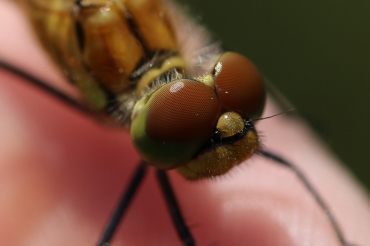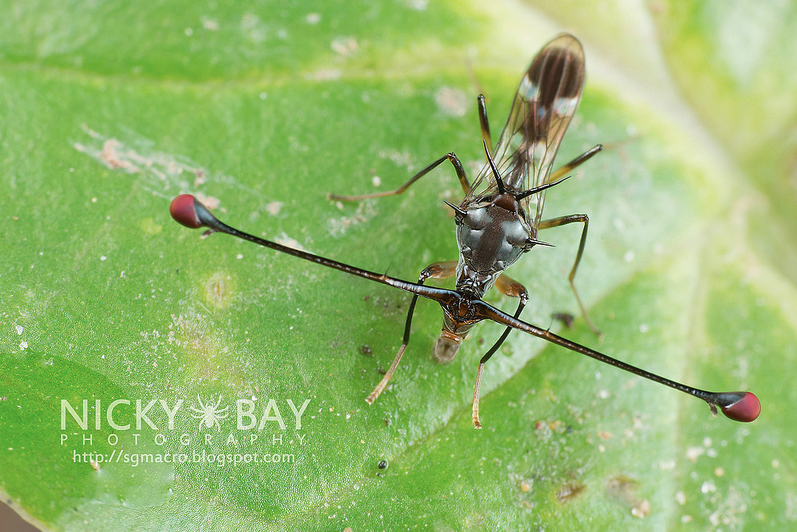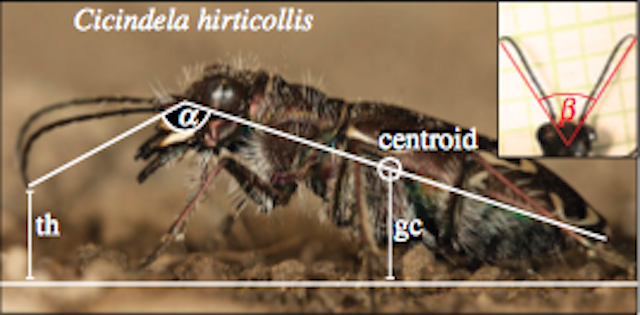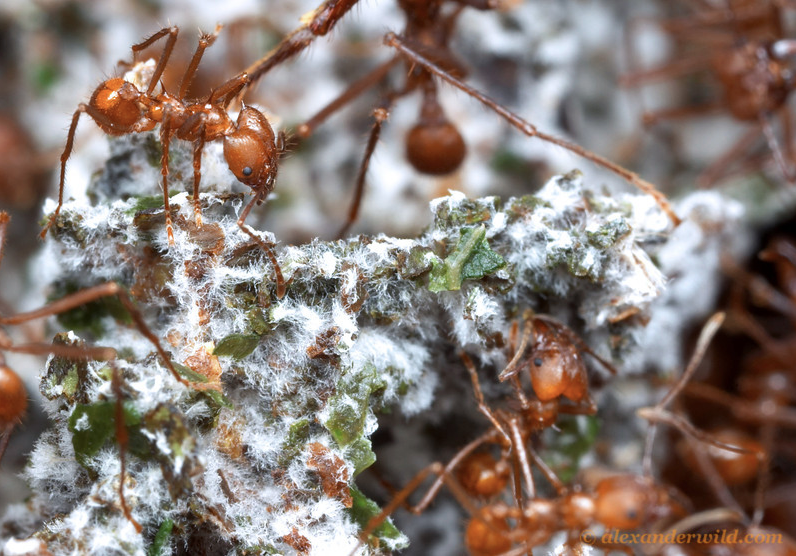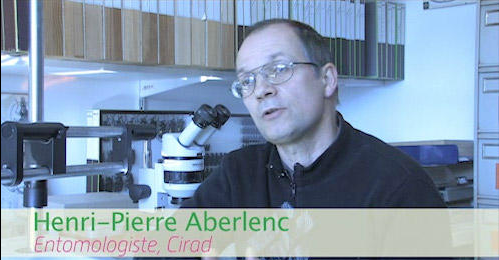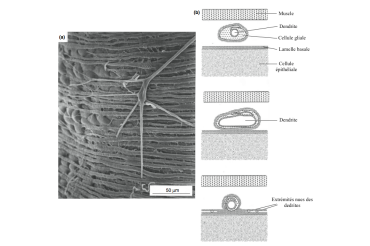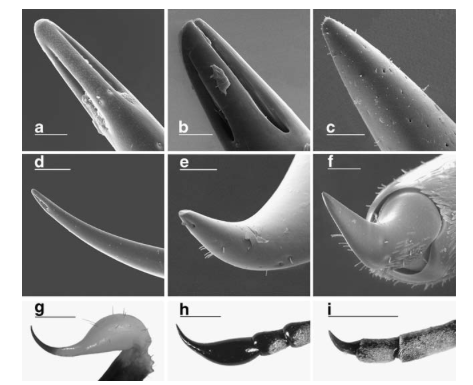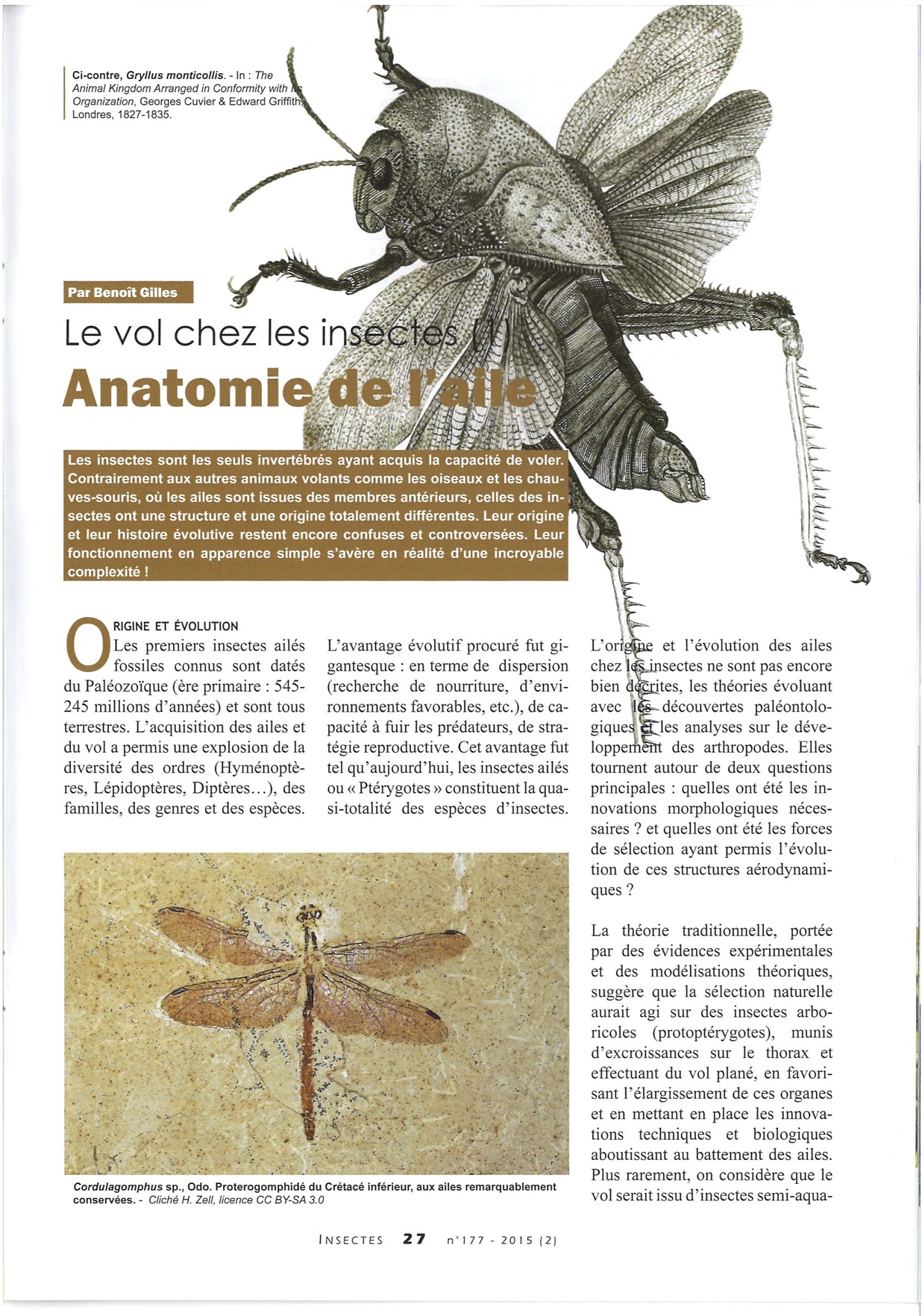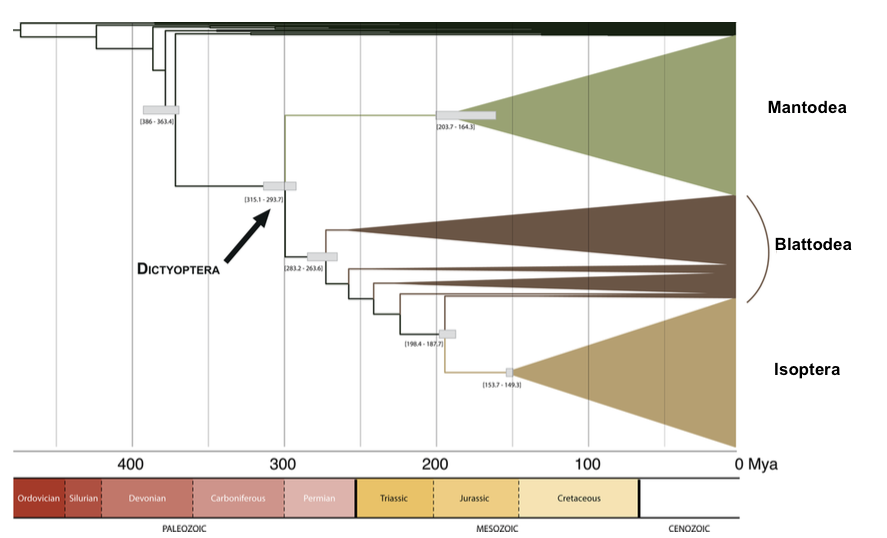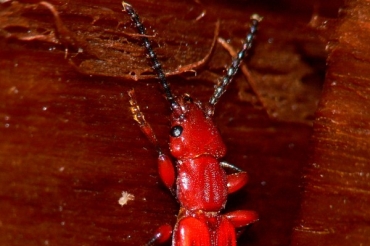Post Views: 8,849 The function of the eyes is to receive and guide light energy (photons) to specialized receptor cells (photoreceptors) that translate this photonic
Year: 2015
Diopsidae flies: eyes perched far away!
Post Views: 3,560 Flies of the Diopsidae family have the amazing feature of having their eyes positioned at the tip of outgrowths called ocular peduncles
A speed that blinds!
Post Views: 1,674 One of the most universal needs of animals is to understand the environment in which they live to move in complex and
Escovopsis : Parasitism in mushroomists ants
Post Views: 2,615 Mushroom ants have the particularity of feeding exclusively on a Basidiomycete fungus, which they grow on a substrate fed by the collection
Interview of Henri-Pierre ABERLENC (Entomologist – CIRAD)
Post Views: 2,676 Interview de Henri-Pierre ABERLENC Entomologist at CIRAD Campus de Baillarguet – Montferrier-sur-lez Henri-Pierre ABERLENC is an entomologist working at CIRAD, he is
Sensory receptors in insects: mechanoreceptors – Part 3: tension and stretch receptors
Post Views: 1,742 Third part : tension and stretch receptors (prioceptors) Alike all arthropods, insects have an external skeleton, the exoskeleton, consisting of chitin and
A beetle that is not lacking in spiciness: Onychocerus albitarsis
Post Views: 4,211 Anatomical structures whose role is venom injection have appeared independently in several orders of arthropods. They can thus be found in Chelerates
Publication in the journal Insectes – July 2015 – n°177
Post Views: 1,445 La revue Insects, edited by OPIE (Office pour les Insectes et leur Environnement), has in its new July 2015 issue (n°177) taken
Phylogeny of Dictyoptera: origin of cockroaches, termites and mantis religions
Post Views: 3,056 Cockroaches, termites and mantis, despite obvious morphological and behavioural differences, share a common ancestor and belong to the order Dictyoptera. The small
Cryoprotection: the art of surviving extreme cold
Post Views: 1,978 In the Arctic and subarctic regions, living organisms must, during winter, survive extreme temperatures sometimes reaching -60°C. There are two strategies for

